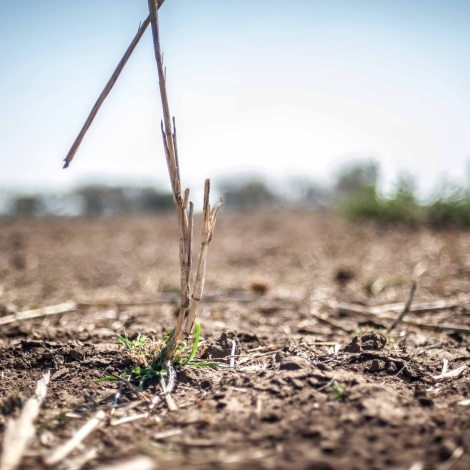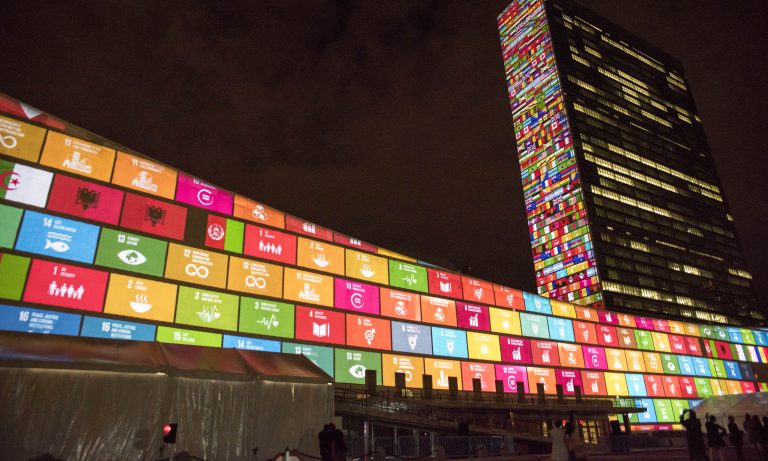Climate change is already damaging communities and killing wildlife around the world, according to the latest report by the Intergovernmental Panel on Climate Change, released in February 2022.
What should come as little surprise, the hardest hit populations are also the world’s most vulnerable, including many of the regions in which Engineering for Change’s (E4C’s) members live, work and volunteer their time. Increased heatwaves, droughts, floods and other extreme weather have caused severe food and water insecurity for millions of people in Africa, Asia, Central and South America and on small islands worldwide.
Engineers and the global community of technically trained specialists have pivotal roles to play. This is what the engineering community should know about the IPCC’s report on climate change.
Climate change is a human-induced disaster
That fact is the foundation for discussion. The data points to greenhouse gasses emitted by our technology and our activities as the cause of climate change. As such, people are capable of taking different kinds of actions to eventually end the progressive warming of the planet.
“As a profession that is grounded in science… we need to accept the science and scientific evidence, forget the politics, and help society move faster in doing what we need to do to address climate change. Because society cannot address it without major contributions from all types of engineering,” Michael McMeekin, President of Engineering Change Lab USA, told E4C by phone.
See: The Sixth Assessment Report: The Numbers Behind the Science
Action is needed
Our organization has endorsed a statement Engineering Change Lab USA made taking a definitive stand in support of climate change science and calling for action by the global community of engineers and technically trained professionals. Other organizations and individuals can provide their own endorsements of the statement by signing on at ECL-USA’s site. Please use the link below.
See: The Role of the Engineering Community in Addressing Climate Change.
The IPCC’s report makes the case for action, as well.
“This report is a dire warning about the consequences of inaction,” Hoesung Lee, Chair of the IPCC, said in a statement. “It shows that climate change is a grave and mounting threat to our wellbeing and a healthy planet. Our actions today will shape how people adapt and nature responds to increasing climate risks.”
Interdisciplinary action is key
The value of interdisciplinary collaboration is something of a mantra at Engineering for Change, so this point should sound familiar. The effects of climate change cross the boundaries of professional specialization, reaching into areas such as the depletion of natural resources, unchecked urban growth, economic inequality and damage from extreme weather.
“Our assessment clearly shows that tackling all these different challenges involves everyone –governments, the private sector, civil society –working together to prioritize risk reduction, as well as equity and justice, in decision-making and investment,” said IPCC Working Group II Co-Chair Debra Roberts. “In this way, different interests, values and world views can be reconciled. By bringing together scientific and technological know-how as well as Indigenous and local knowledge, solutions will be more effective. Failure to achieve climate resilient and sustainable development will result in a sub-optimal future for people and nature.”
Solutions in engineering: policy
The engineering community can enter policy discussions to a greater extent than it has historically. take on greater responsibilities as policy advisors. In the United States, engineers are taking advisory roles to environmental conservation initiatives that are making a difference, Mr. McMeekin says.
Solutions in engineering: cities
Rapid urban expansion has increased greenhouse gas emissions that cause climate change. At the same time, cities are vulnerable to disasters precipitated by climate change.
“But cities also provide opportunities for climate action –green buildings, reliable supplies of clean water and renewable energy, and sustainable transport systems that connect urban and rural areas can all lead to a more inclusive, fairer society.” Debra Roberts, co-chair of the IPCC and head of the Sustainable and Resilient City Initiatives Unit in Durban, South Africa, said in a statement.
Solutions in engineering: education
Education can start early in institutions of higher learning and continue as professional development programs. Engineers can learn about the harm that engineered products are inflicting on the climate, as well as solutions that engineers are designing now to mitigate climate change. One example of an educational initiative that is working is the Lemelson Foundation and VentureWell’s program, Engineering for One Planet. The program is bringing sustainable design into the engineering curriculum, Mr. McMeekin says, adding, “It’s a wonderful example of transformation in the educational sector.”
Disclosure: The Lemelson Foundation collaborates with E4C’s programs.
Find the technical summary and full report at the IPCC’s site: ipcc.ch.

